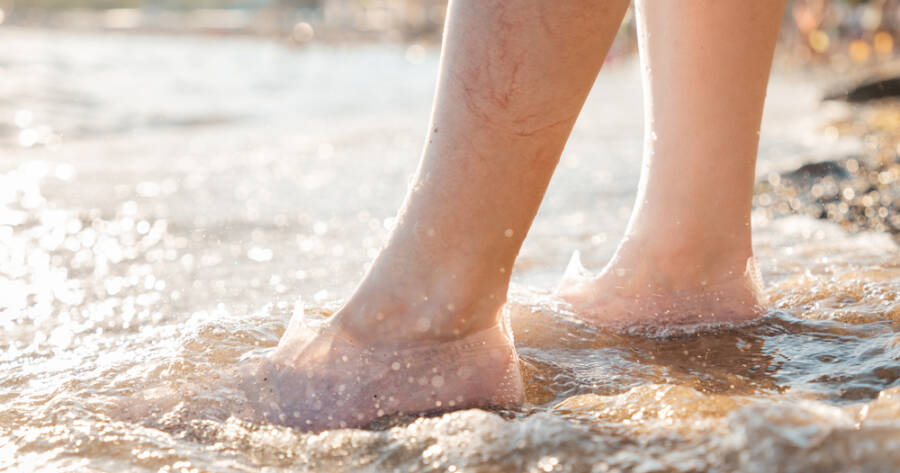Varicose veins are swollen, twisted veins that often appear on the legs. They can be unsightly and uncomfortable, and they can also lead to more serious health problems. Varicose veins treatment options include lifestyle changes, medical treatments, and surgical procedures.
What Are Varicose Veins?
Varicose veins are enlarged, twisted veins that often appear on the legs. They occur when the valves in the veins become weak or damaged, causing blood to pool and the veins to swell. Varicose veins are a common condition, affecting up to 35% of adults. While they are usually not a serious medical problem, they can cause discomfort, pain, and itching. In some cases, varicose veins can lead to more serious complications, such as blood clots or skin ulcers.1
There are several factors that can increase the risk of developing varicose veins, including:
- Age: Varicose veins are more common in older adults.
- Gender: Women are more likely to develop varicose veins than men.
- Family history: Varicose veins tend to run in families.
- Pregnancy: Pregnancy can increase the risk of varicose veins due to the increased pressure on the veins.
- Obesity: Obesity can increase the risk of varicose veins due to the increased pressure on the veins.
- Standing for long periods of time: Standing for long periods of time can increase the risk of varicose veins due to the increased pressure on the veins.
Varicose Veins: Beyond Cosmetic Concerns
While varicose veins are often considered a cosmetic concern, they can also cause a number of health problems. These include:
- Discomfort: Varicose veins can cause a feeling of heaviness, aching, or throbbing in the legs.
- Pain: Varicose veins can cause pain, especially when standing or walking.
- Itching: Varicose veins can cause the skin around the veins to become itchy.
- Swelling: Varicose veins can cause the legs to swell.
- Skin ulcers: Varicose veins can lead to skin ulcers, which are open sores that can be difficult to heal.
- Blood clots: Varicose veins can increase the risk of blood clots, which can be dangerous and even life-threatening.
If you are experiencing any of these symptoms, it is important to see a doctor to get a diagnosis and treatment.
Varicose Veins Treatment: Regain Your Comfort
There are a number of treatments available for varicose veins, including:
- Compression stockings: Compression stockings can help to improve circulation and reduce swelling in the legs.2
- Elevation: Elevating the legs can help to reduce swelling and pain.
- Exercise: Exercise can help to improve circulation and reduce the risk of varicose veins.
- Weight loss: Weight loss can help to reduce the pressure on the veins and improve circulation.
- Sclerotherapy: Sclerotherapy is a procedure in which a solution is injected into the veins to cause them to collapse and seal shut.
- Laser therapy: Laser therapy is a procedure in which a laser is used to heat and destroy the varicose veins.
- Surgery: Surgery may be necessary in some cases to remove the varicose veins.
The best treatment for varicose veins will depend on the individual’s specific condition. A doctor can help to determine the best treatment option.
Learn More About Varicose Veins
There are a number of resources available to learn more about varicose veins, including:
- The National Heart, Lung, and Blood Institute (NHLBI)
- The American Academy of Dermatology (AAD)
- The Mayo Clinic
- The Cleveland Clinic
These resources can provide information about the causes, symptoms, and treatment of varicose veins. They can also help individuals to find a doctor who specializes in the treatment of varicose veins.
